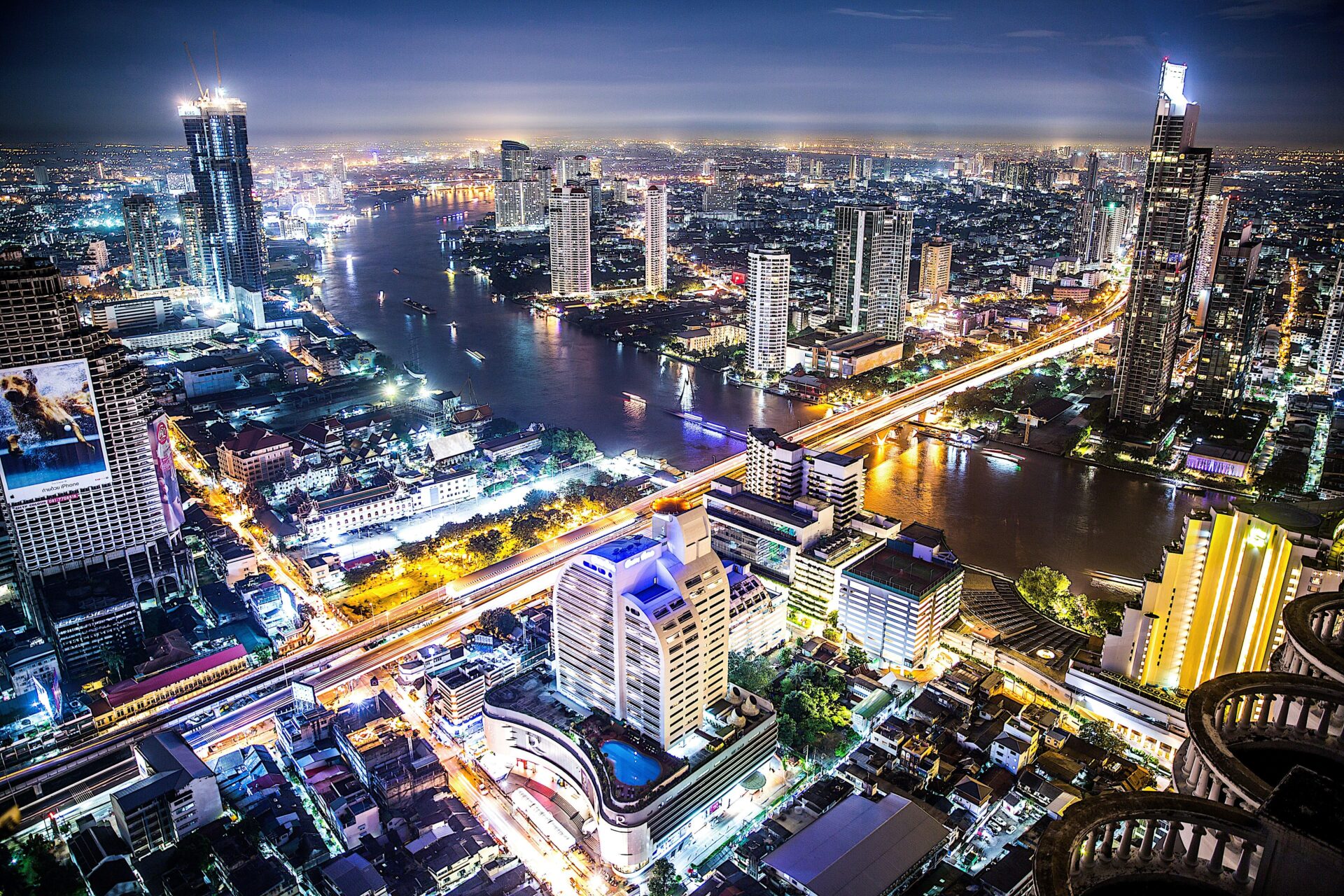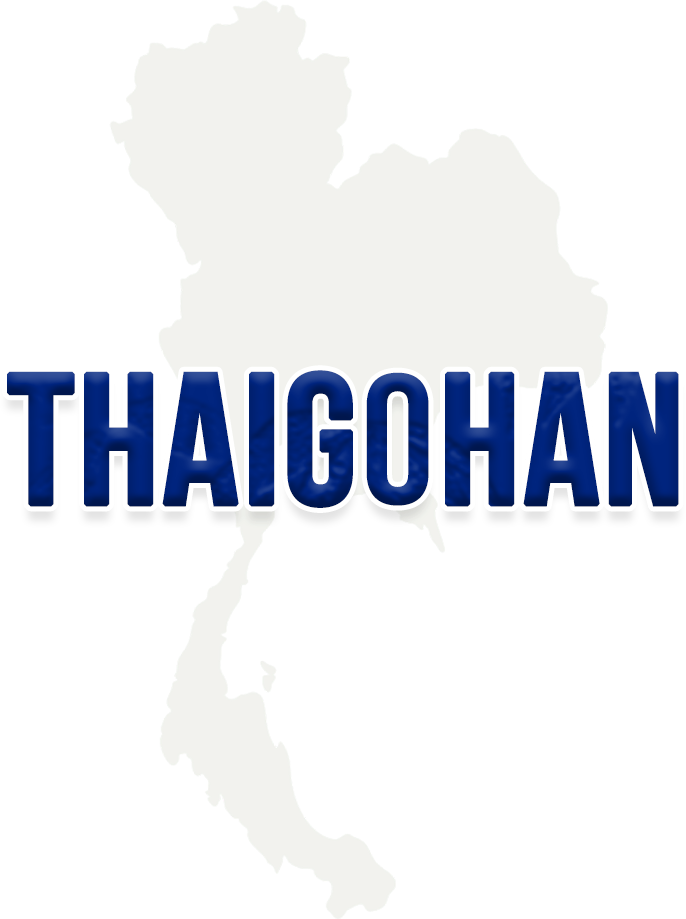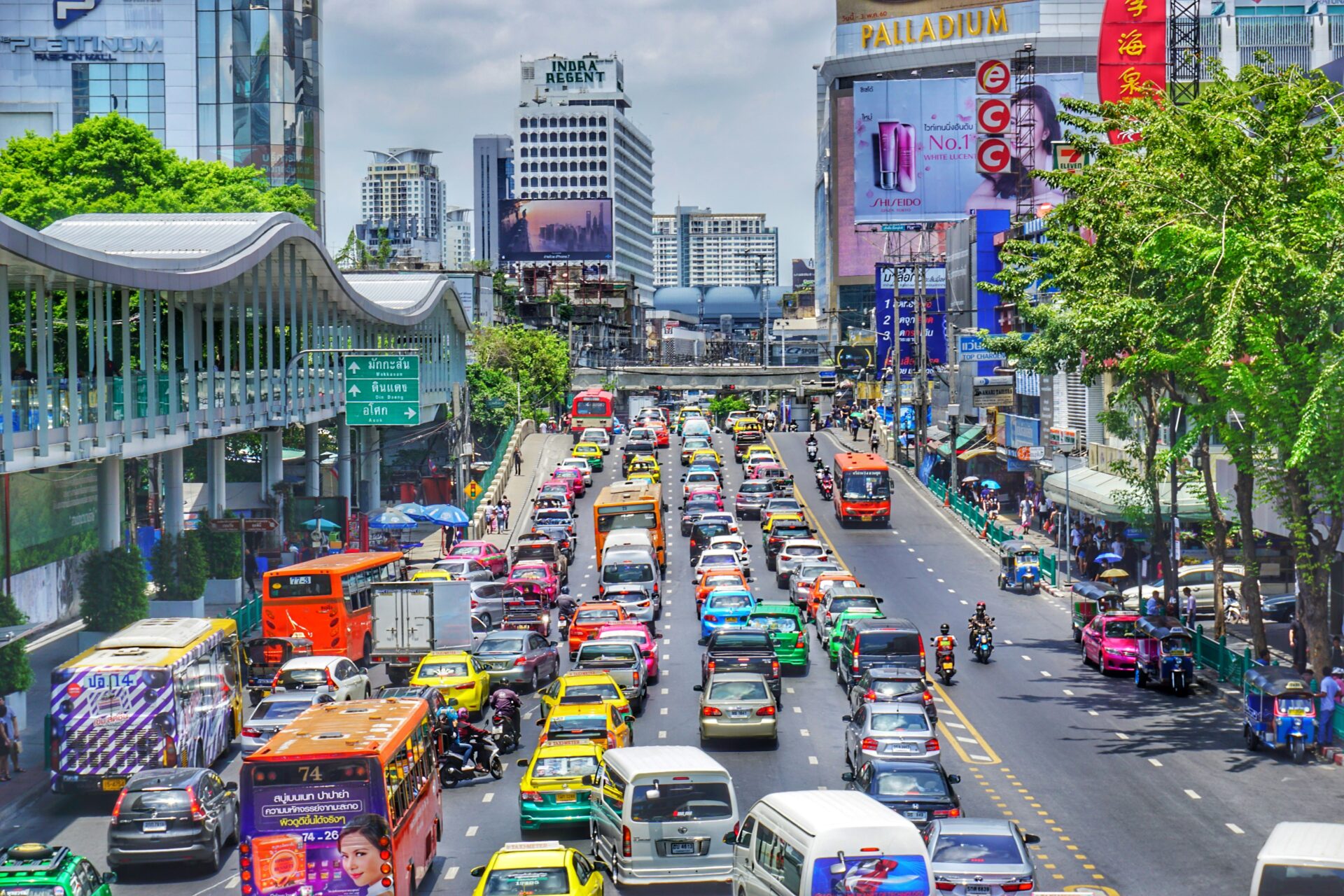The Path of Thailand’s Economic Development and Future Outlook: Scenarios Leading to 2050

Thailand is recognized as one of Southeast Asia’s major economic powers, with its development journey beginning in the 1960s. With rich tourism resources, a strategic geographic location, and a push for industrialization, Thailand’s economy has experienced decades of growth. However, looking ahead, the country faces new economic challenges and changes. This article will explore Thailand’s economic development history and examine the scenarios for growth toward 2030, 2040, and 2050.
目次
1. Thailand’s Economic Development: A Look Back
The foundation of Thailand’s economy was laid in the 1960s with the onset of industrialization. Initially, Thailand’s economy was predominantly agricultural, but the government’s proactive industrial policies led to rapid development in the manufacturing sector. Throughout the 1980s and 1990s, foreign direct investment surged, propelling Thailand to achieve remarkable economic growth, earning the nickname “Asia’s Tiger.”
However, the 1997 Asian financial crisis dealt a severe blow to Thailand’s economy, causing a sharp devaluation of the baht and a wave of bankruptcies across financial institutions. Despite this setback, the economy gradually recovered due to effective government policies and international support. By the 2000s, Thailand was back on a growth trajectory, with the tourism industry playing a significant role in establishing Thailand as a leading global tourist destination.
2. Economic Forecasts for Thailand by 2030
Currently, the Thai government is pursuing the “Thailand 4.0” policy, which aims to foster knowledge-based industries and promote a digital economy. This policy represents a shift from the country’s traditional reliance on manufacturing to a focus on innovation-driven growth. By 2030, Thailand is expected to reap the benefits of these policies, achieving sustainable economic growth.
Tourism will continue to be a cornerstone of the economy, but industries such as healthcare, biotechnology, robotics, and digital services are poised to become new growth engines. Particularly, with Thailand’s aging population, there is likely to be significant growth in the healthcare sector as demand increases.
Moreover, Thailand’s central position in the ASEAN region will reinforce its role as a hub for intra-regional trade and investment. This will further boost the development of export industries and logistics. However, there are risks to this growth, including domestic and international political instability and environmental challenges.
3. Thailand’s Economic Outlook Toward 2040
As Thailand approaches 2040, it will need to continually adapt to changes in the global economic environment. Climate change, technological innovation, and shifts in international trade will have a substantial impact on the Thai economy. The effects of climate change on agriculture, in particular, could be severe, making the adoption of sustainable agricultural technologies crucial for food security.
Additionally, with the progression of the digital economy, it is expected that AI and IoT will be increasingly utilized in the development of smart cities. In urban areas such as Bangkok, improvements in transportation infrastructure and energy efficiency will contribute to the overall economic efficiency.
By 2040, Thailand’s demographic structure is expected to change significantly, with a continued increase in the aging population. This will present challenges such as labor shortages and rising social security costs, placing further pressure on economic growth. To address these issues, policies on immigration and the adoption of robotic technologies may be required to supplement the workforce.
4. Long-term Economic Forecasts for Thailand Toward 2050
Looking ahead to 2050, Thailand is expected to face a series of economic and social challenges while also encountering new opportunities. Technological innovation and sustainable development will be key drivers of economic growth.
In terms of energy policy, the expansion of renewable energy use will be crucial, with Thailand needing to accelerate its shift towards clean energy sources such as solar and wind power. By 2050, this could lead to energy self-sufficiency and position Thailand as an energy-exporting nation.
Moreover, advanced technologies such as biotechnology and nanotechnology are likely to become new growth industries for Thailand. These innovations could bring revolutionary changes to the agricultural and healthcare sectors, positioning Thailand as a global innovation hub.
However, challenges such as urban overpopulation and worsening environmental issues could arise. To address these, further development of smart cities and environmentally conscious urban planning will be essential. If successful, Thailand could achieve sustainable growth and become a more prominent player in the global economy by 2050.
5. Key Factors and Challenges Supporting Thailand’s Economic Growth
The main factors supporting Thailand’s economic growth include infrastructure investment, education reform, digitalization, and sustainable development. The government’s proactive infrastructure investments will enhance the stability of transportation networks and energy supply, forming the foundation of economic activities. Additionally, education reform will improve the quality of the workforce, and digitalization will create new business opportunities.
However, in order to maintain growth, it will be essential to address issues such as income inequality, economic disparities between rural and urban areas, and ensuring political stability. To tackle these challenges, collaboration between the government and private sector is necessary, along with a commitment from society as a whole.
Conclusion
Thailand’s economic development has been shaped by past successes and current challenges, and it will continue to evolve in the coming decades. Toward 2030, 2040, and 2050, Thailand is on a path to discover new growth engines and pursue sustainable development. However, it is crucial to closely monitor how factors such as climate change, demographic shifts, and technological innovation will impact Thailand’s future.
In the coming years, Thailand’s economy will face both new challenges and opportunities, ultimately enhancing its significance on the global stage.
(Photo by Unsplash.com)




